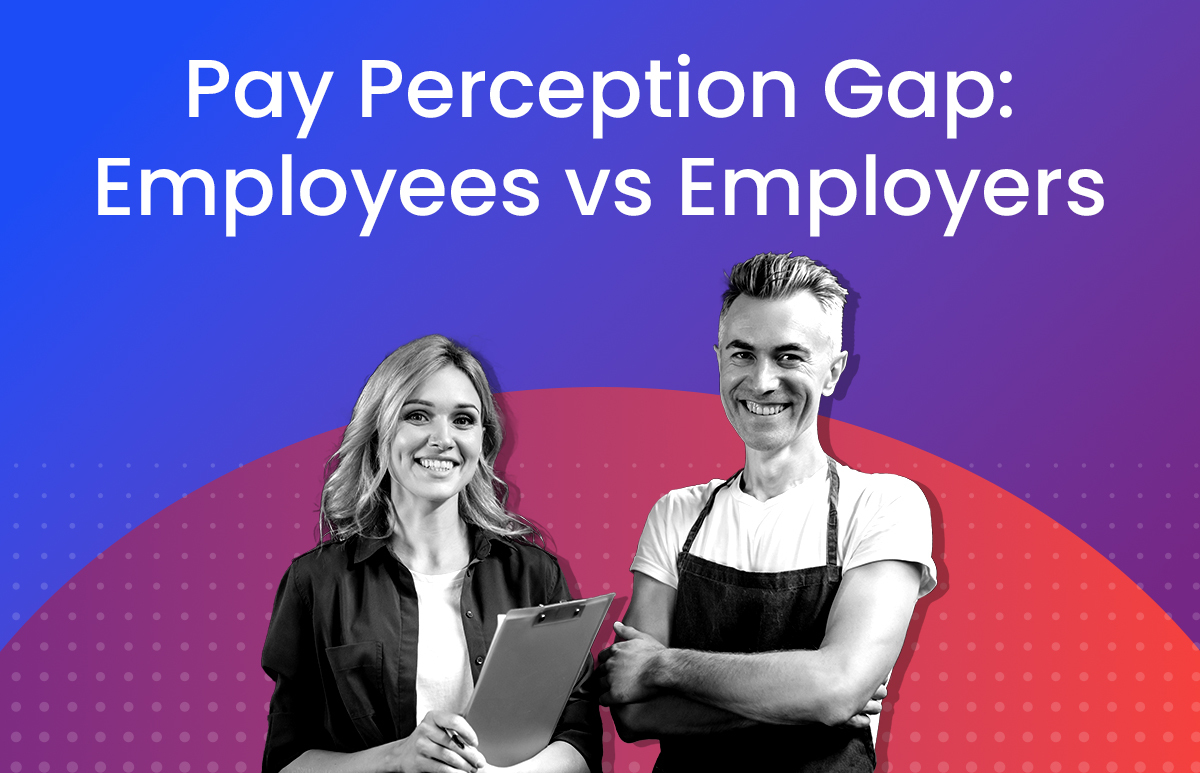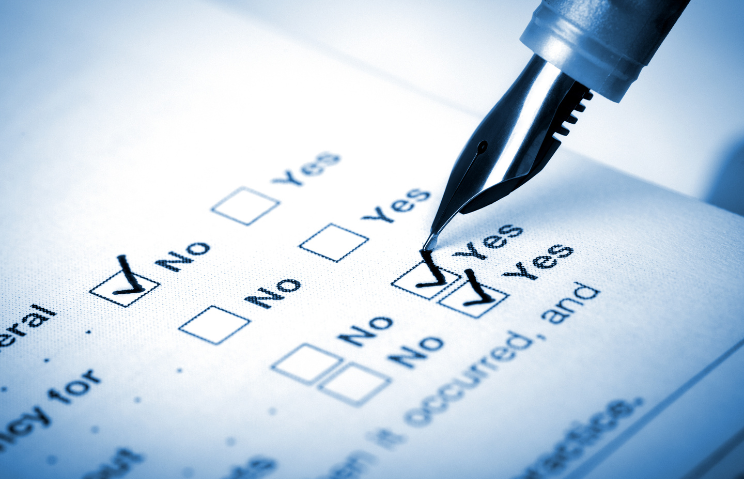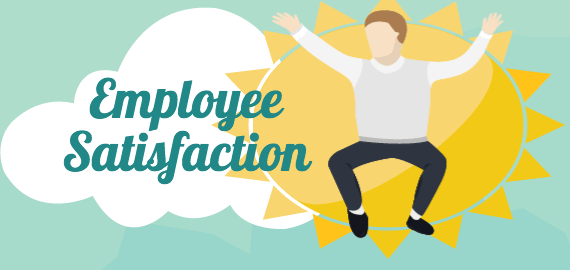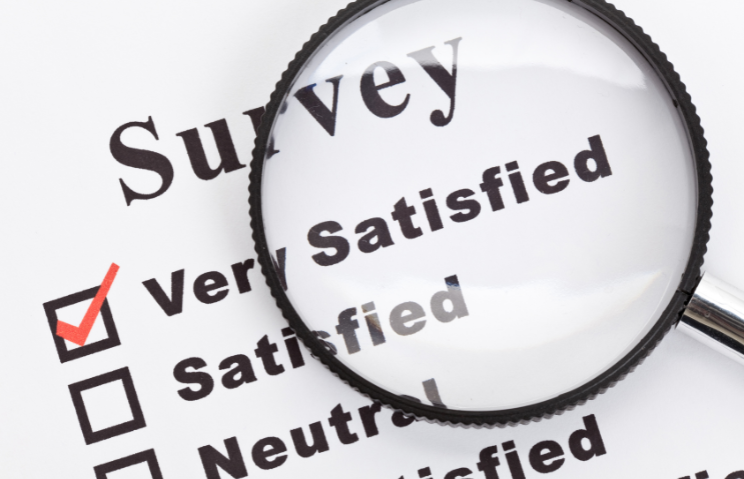How to do peer-to-peer recognition well

Your day is jam-packed: you’ve got meetings from 9am to 2pm, followed by an offsite training session and then 2 performance appraisals for team members.
Short of adding another couple of hours to your already lengthy days or having eyes in the back of your head (and in multiple other places), you have no way of knowing how your team is performing, let alone what activities or behaviours you should be calling out for special recognition or appreciation. You don’t really know about those small but important instances where team members have gone above and beyond. For example: they’ve helped a new colleague with a technical issue; they’ve settled a client dispute professionally over the phone; they’ve worked back several hours to complete a deadline.
Research undertaken by Chester Elton and Adrian Gostick for their book, The Carrot Principle, showed that in the most productive workplaces, appreciation is expressed by a manager to an employee or an employee to an employee at least once every 7 days. Sounds impossible, right? It’s not impossible if you enlist the help of your team and colleagues.
Peer-to-peer recognition, when done well, can have a huge impact on the performance and overall job satisfaction of the team members in your care.
The benefits of peer-to-peer recognition
- Build a culture of trust. Involving multiple people in the nomination and recognition process ensures transparency and prevents managers from taking credit for others’ work or overlooking valuable contributions.
- Bolster engagement. Research cited by PeoplePulse[1] indicates that companies using strategic recognition programs are 48% more likely to report high staff engagement. Specifically, 57% of HR professionals in companies that introduced peer-to-peer recognition programs reported higher levels of employee engagement, compared with 46% of those without such programs.
- Improve employee retention. Glassdoor reports that appreciating their work motivates over 80% of employees to work harder and stay at their jobs longer.
- Enhance teamwork. Add in both individual and team-based goals to any recognition program and watch team collaboration build. Peer recognition from someone who understands their daily work can make an employee feel more valued by the team. Try an experiment. Ask everyone in your team if they have a colleague they’d like to thank for something they’ve done over the past week. Ask them to email that thanks to the recipient and also to you, as their manager. You’ve instantly provided a bond between team members. People want to say thank you, but they often forget amidst the daily grind.
If those major benefits aren’t enough, research[i] has also shown that Millennials are interested in meaningful recognition that helps them feel empowered. Millennials value handwritten notes, experiential rewards (such as event tickets), and expressions of gratitude from peers, managers, and senior leaders.
Key elements of successful appraisal
- Make it meaningful. Guide your team to recognize achievements or behaviors that genuinely merit recognition, not merely acknowledging individuals for simply fulfilling their job duties. Any recognition should reinforce company values, behaviours and objectives. Set the reward criteria, communicate what is important, and do this often.
- Make it easy. Employees shouldn’t have to jump through multiple hoops to nominate a peer and obtain manager approval.
- Make it instant. Layers of approvals drag out the process, causing ‘small moments’ deserving of recognition to be overlooked. Technology-based peer recognition programs should be mobile-friendly, allowing recognition to happen anytime, anywhere.
- Make it fun. Motivate employees to join in by using gamification (earn badges and trophies) and social media features (allow ‘liking’ or sharing nominations). This fosters friendly competition and ensures program longevity. Many recognition programs start strong but fade away after a few months. Set monthly points-based goals for team members to meet and exceed.
- Make it sustainable. Refresh the focus every quarter, such as switching from recognizing task completion to acknowledging excellence in customer service. It’s also critical to constantly evaluate a program’s effectiveness and allow for continuous improvement. Analyze data to measure usage rates, gauge employee understanding of company values, and evaluate program satisfaction.
Before you get started, consider these two final tips.
First, ensure that employees know what they are working towards. To ensure recognition is meaningful, clearly define any associated rewards. Always ensure clarity regarding any associated ‘reward’ that accompanies recognition. Will the reward system be based on redeemable points?
Second, don’t let your management-led recognition programs slide. Peer-to-peer recognition should be a supplement to – and not a replacement of – management recognition such as Employee of the Month awards.
ELMO Cloud HR & Payroll can help facilitate peer-to-peer recognition with ELMO Rewards & Recognition. Employees can accumulate points, recommend peers and “like” the recommendations of others, while those who hit certain KPIs and milestones can be acknowledged. ELMO Rewards & Recognition can ultimately help build a culture of appreciation and pride amongst employees, peers and managers. Find out more here.
[1] https://www.peoplepulse.com/resourcesuseful-articles/complete-guide-employee-recognition/
[i] “Making Recognition Programs Successful” – O.C. Tanner and Aon Hewitt
 HR Core
HR Core 









